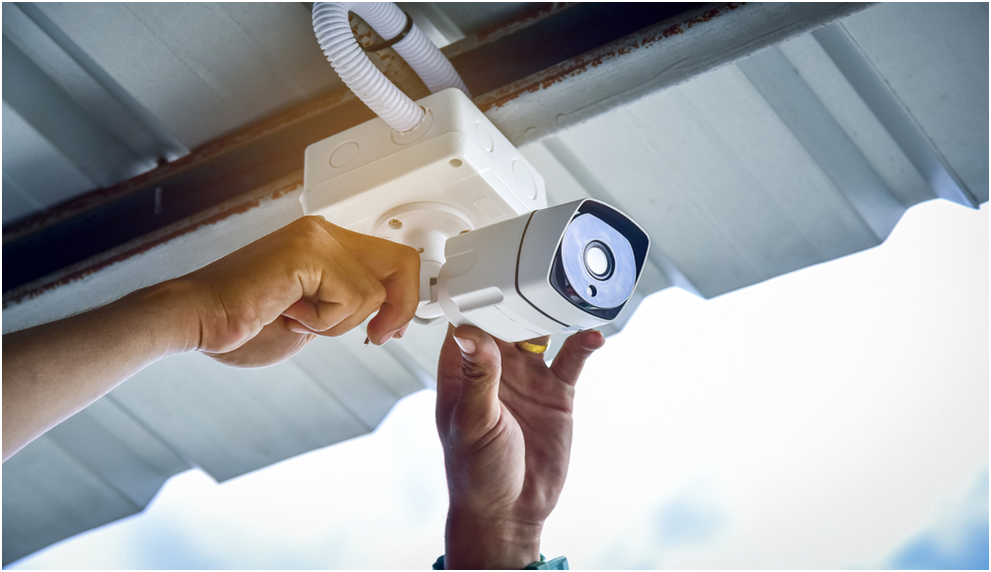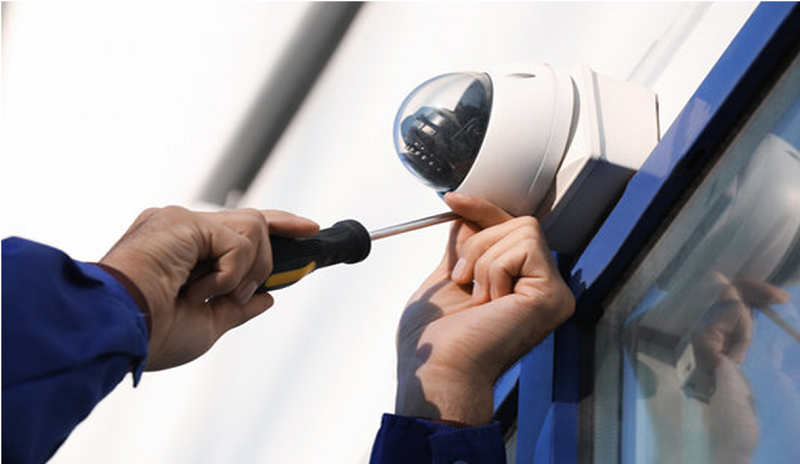Home security cams today, when placed on the right spot, are an affordable and viable security alternative to professionally installed and expensive systems. Their crisp footage – usually 1080p or higher resolution – Artificial Intelligence motion and human detection, long battery lifespan, as well as smart home integration are essential tools for avoiding, documenting, or deterring crimes in the neighbourhood.
The bad news is what is especially tricky for Do-It-Yourself surveillance amateurs is placing the devices properly. Without professional help, people are liable to overspend or skimp on cams when covering their homes or businesses or installing the devices incorrectly, making it a lot easier for robbers and unwanted guests to subvert them.
Check out this site for more info about home security.
In this article, we will show some tips and tricks for installation, the most common mistakes made by property owners, as well as other advice for setting up home security systems. How many cams do property owners do they actually need to protect their establishments?
Should their recording devices be wireless or wired, hidden or visible, and continuously recorded or motion-activated? And what other technology do people need aside from recording devices, if any? We will take a closer look at the answers to these questions and make the home or business security system more secure and smarter.
Secure every entrance
Every property has different layouts, making it hard to provide certain advice for a wide range of Do-It-Yourself shoppers. But a good place to start is to surveil ground-level entry points for people trying to enter the property. The experts recommended at least two outdoor cams. It is also a good idea to put one device per entrance.
How do cameras work? Click on this link for details: https://electronics.howstuffworks.com/camera.htm
The most common setup they recommend is one recording device at the front entrance, one at the back, and an additional device for the side entrance or driveway. As a follow-up, we ask the experts whether indoor cams could help guard entrances as effectively as outdoor cams if individuals aimed them towards sliding-glass doors with blinds open. Some professionals nixed this idea.
They said that most recording devices use infrared to pick up the motions, and glasses can block infrared detection from working efficiently. That is why most home, and business owners may not notice this problem until someone has entered their properties. However, experts recommend video doorbells as an excellent option for guarding front entrances.

Place recording devices at the proper distance and height
We asked experts what mistakes most customers make most often when setting up home security systems. Experts such as CCTV NSI installers in Chester say that people usually place their recording devices in suboptimal locations, thus limiting their effectiveness. The first thing individuals need to do is to understand the best range of motion detection. According to professionals, the most effective range is five to twenty feet for passive infrared.
Property owners should set up their cams as near the area where they want to discover or detect movement as possible for the best result and readings. People who purchase wide-angle-lens cameras are sometimes tempted to cover as much area as possible, putting it in backyard corners to help guard their entire backyard, as well as side yards at once.
But this method will limit its effectiveness to detect movement, as well as capture close-up footage at exit and entry points. Equally imperative, property owners might want to place their recording gadgets high up and angle them downward. There is a good chance that infrared sensors will pick up important motion and avoid false positives if home and business owners point down in a certain direction or area.
Professionals recommended that people place their security cams eight to ten feet high, then tilt them fifteen to thirty degrees for optimal movement detection. Some experts recommend placing the device at least seven feet high. Another common mistake people make is pointing their recording devices horizontally, facing the street.
Moving vehicles will trigger alerts outside an outdoor camera’s range since their hot engines are like beacons to infrared sensors. With cameras mounted securely, pointing downwards and high up in high-traffic areas, it is pretty hard to sneak past or for intruders to reach up and pull the device down to disarm or steal it.




